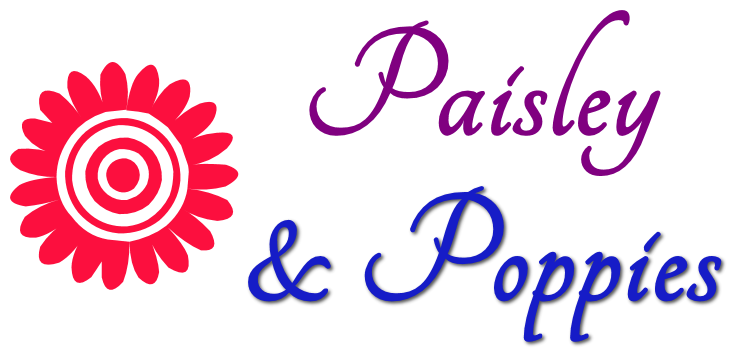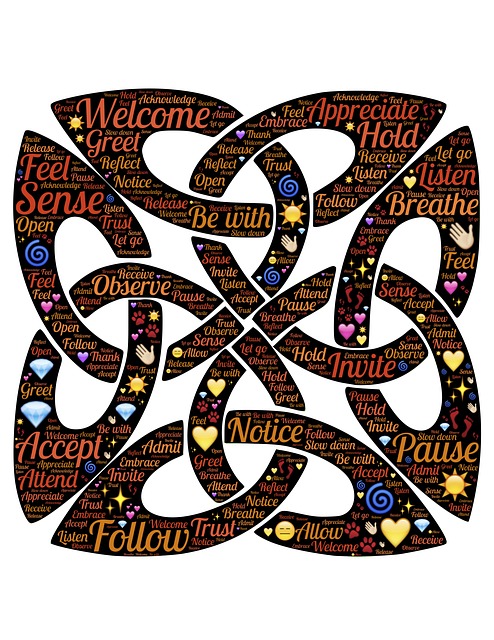
Eternity Symbols
After Robin created the infinity symbols, a new interest in eternity symbols was born within me. I never paid much attention to them before, but I discovered just how many beautiful eternity symbols there are from different cultures around the world.
One of my favorites is called the Serch Bythol. I drew this picture below so you can see what it looks like. I was not able to find a photo that was copyright free:
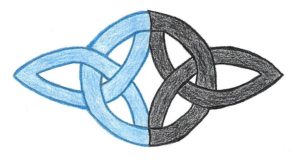 Here is the meaning according to David Morgan:
Here is the meaning according to David Morgan:
This Celtic symbol of everlasting love is formed from two triskeles. The triskeles, three cornered knots, denote the three aspects of two people, body, mind and spirit. The two triskeles, joined together, show a circle, the everlasting circle of eternity. Thus the figure represents two people, joined in body, mind, and spirit in everlasting love.
The triskele, a three-cornered knot, is common in Celtic knotwork. The Celts, in keeping with general Indo-European belief, held that life was tripartite in nature and continuous. The three corners of the triskele denoted the three parts, and the knot itself was the endless ribbon of eternity. The tripartite nature of life carried through to Christianity as the Trinity.
He describes the Serch Bythol as being formed from two triskeles. However, it seems more accurate to say that it is formed by joining two triquetras or trinity knots that are stretched out a little bit:
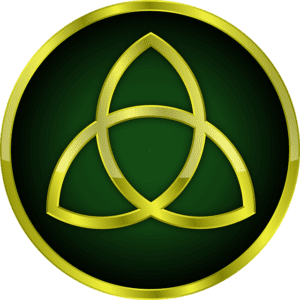 In modern times, the triquetra symbol has become a favorite design element in knot-work, jewelry, emblems, logos etc. as a symbol of anything three-fold e.g. the cycle of life (life-death-rebirth), the promise of a husband to his wife (love-honor-protect), the family (father-mother-child), the passage of time (past-present-future) and many more.
In modern times, the triquetra symbol has become a favorite design element in knot-work, jewelry, emblems, logos etc. as a symbol of anything three-fold e.g. the cycle of life (life-death-rebirth), the promise of a husband to his wife (love-honor-protect), the family (father-mother-child), the passage of time (past-present-future) and many more.
The triskele is more of a spiral and has various meanings:
Derived from the Greek word “Triskeles” meaning “three legs”, the Triskele or Triple Spiral is a complex ancient Celtic symbol. Often referred to by many as a Triskelion, its earliest creation dates back to the Neolithic era, as it can be seen at the entrance of Newgrange, Ireland….
Firstly, the triskele can be thought to represent motion as all three arms are positioned to make it appear as if it is moving outwards from its center. Movement, or motion, is believed to signify energies, in particular within this Celtic Symbol the motion of action, cycles, progress, revolution and competition.
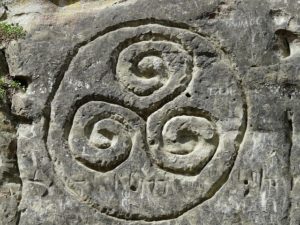
Secondly, and the more challenging area for symbolists, is the exact symbolic significance of the three arms of the triskele. This can differ dependent on the era, culture, mythology and history, which is why there are so many variations as to what these three extensions in the triple spiral symbol mean.
Some of these connotations include: life-death-rebirth, spirit-mind-body, mother-father-child, past-present-future, power-intellect-love and creation-preservation-destruction to name but a few.
It’s thought that through the combination of these two areas we gain one meaning of the Celtic triskele. It is believed to represent a tale of forward motion to reach understanding. However, this is thought not to be the only meaning, as it is also believed to represent three Celtic worlds; the spiritual world, the present world and the celestial world. Like the ancient Trinity knot, the number 3 holds a special symbolism within the triskele.
So, even though the triskele and triquetra are two different symbols, according to these interpretations above, they have essentially the same connotations.
The triskele is also seen in the flag for the Isle of Man, Robin’s country of birth:
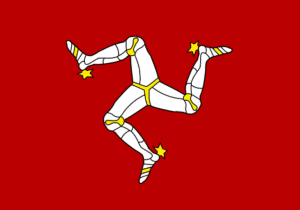 The Manx Flag uses the triskelion symbol. The earliest use of this symbol in the island appears on the Manx Sword of State which is thought to date from around 1230.
The Manx Flag uses the triskelion symbol. The earliest use of this symbol in the island appears on the Manx Sword of State which is thought to date from around 1230.
The island fell under the rule of England in 1341. The island government flew the Union Jack from the 17th century to July 8, 1929, when the triskelion flag replaced it as a local symbol. There were many artistic variations on the design until the flag was standardized in 1966.
I really love eternity symbols because they are beautiful, ornate, and are a lovely way to tell someone that you love them.
Thank you for reading! I hope you enjoyed it!
Christina
